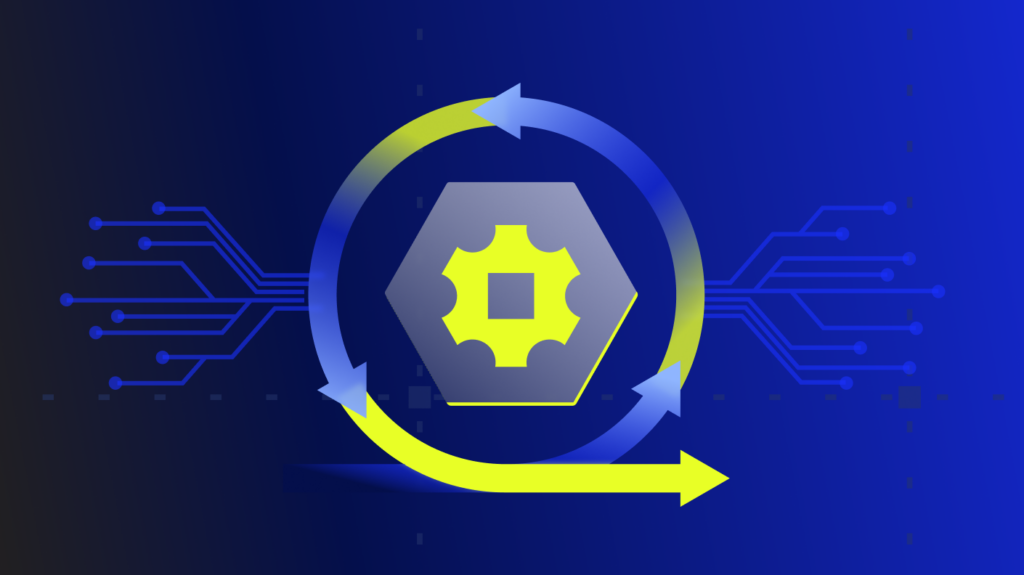Keeping your websites and web-based applications running smoothly for your users is essential. External users that can’t get onto your client-facing portals will quickly turn to competitors. Internal users having difficulty with your network will become frustrated which can reduce morale and productivity. Network monitoring via web checks and ping checks could improve website uptime and make everyone’s lives a little easier.
Defining Web Checks
Web checks are one aspect of website monitoring that enables you to check how the site is responding to inputs from both outside and within the network.
External web checks, sometimes called standard web checks, simulate user interactions to test web services and ensure responses to requests are delivered as expected and at the speed expected. These checks should come from different geographical locations, which can be determined by a network administrator or a third party that manages website monitoring, such as LogicMonitor monitoring services. Automated HTTP GET, POST, and HEAD requests occur periodically and network admins can access the collated results of this data to assess the current performance of the website.
Internal web checks work slightly differently. Data collectors within the network send requests, and this will solely provide data on how the network is functioning for internal users. This is particularly important for private internal networks that aren’t accessible publicly.
Defining Ping Checks
Ping checks are a very simple test that defines whether a website is currently up and live on the network. A ping check can, in theory, come from any device that can connect to the network. The network-connected device sends a simple ICMP echo request to the server and only needs a basic ICMP echo reply in response in order to return a “ping”. If no ping is returned, this means the website is down. Ping is important for assessing website uptime, but provides no detail on how the website is performing or, if it happens to be down, the reason why.
Ping checks, like web checks, can also come from outside or inside the network, depending on the network manager’s needs at that time.
Differences Between Web Checks and Ping Checks
Effective network monitoring demands different strategies deployed in tandem to cover all aspects of the system. Web checks and ping checks have very different uses, but they both form a part of the overall strategy of observability and network visibility.
The main difference between web checks and ping checks is that web checks focus on the application layer of the system’s fabric while ping checks run solely across the network layer. Web checks want to know how a site or application is functioning, returning data on how requests have been processed and the end-user experience.
Conversely, ping checks only want to know whether a site is on or off; up or down. However, this does not mean that administrators can get no further information from a ping check. Network managers can use ping to determine the connectivity right across a network, ensuring that servers are communicating and that websites are up and running as expected. While ping checks don’t return any detail, the time for a ping response to return could indicate a bottleneck in the network, prompting further troubleshooting.
Web checks can provide different levels of insight depending on the services you use to implement those web checks. For example, with LogicMonitor monitoring solutions, you can automate web checks that wait for all elements of a page to load before providing any response from the server. This could provide website administrators or developers with valuable insights into how long a page is taking to load for end users.
Importance of Web Checks
Why are insights like this so important? Of course, knowing that a website is slow to load is bad news, but it’s also a powerful piece of data in that it empowers the web team to make changes to improve the end-user experience. If, like in the previous example, a page is taking far too long to load all its elements, this could be a sign that something needs to be simplified in the web page’s structure. It could also indicate a network issue that requires some attention.
Assessing and analyzing your website’s performance on a regular basis is critical to maintaining an engaged audience or, for internal networks, keeping your teams productive and satisfied with the tools available to them.
Importance of Ping Checks
Automating ping checks is one of the easiest ways to confirm website uptime. It’s important to do ping checks regularly because if you don’t, there could be periods of downtime that you’re not even aware of. Ping response time is measured in milliseconds, so keeping a log of ping response times can quickly indicate if there’s a delayed response and if this is a one-off glitch or a continuously recurring issue. Ping is often the first step to noticing and identifying a potential network issue, and can help network managers understand what troubleshooting pathway to follow for the most efficient outcome.
Network bottlenecks, where something causes congestion or a blockage in the network, can cause sites and apps to become slow, lag, or even fail to connect at all. Ping can assess which aspects of the network are responding in a timely manner and help identify exactly where within a system the bottleneck is occurring.
Utilizing both external and internal ping checks can be useful here. For example, if an external ping check comes back super fast, but an internal ping check is slow, that might indicate a problem between a machine on your network and the server. The good news is this shouldn’t affect external users. The bad news is that other users on your immediate network might be struggling with connection issues. However, now that you know roughly where the problem lies, you can investigate more deeply and troubleshoot the issue faster.
Ping checks can be used together with tracerouting to help identify exactly where an issue is. For Windows machines, for example, the “pathping” command can send a series of pings to each component of the network on the way to a particular server or URL. Assessing the response time on each of these pings helps identify exactly where the bottleneck is, giving network managers a clear idea of what next steps to take.
Website monitoring is a critical part of managing any network, whether you run a customer-facing online business or look after a company-wide private network. Website uptime and performance can make or break a brand and can have a major impact on whether employees feel your organization is a good place to work. In fact, half of all employees will consider leaving organizations if the technology they work with every day isn’t up to scratch. With regular, automated web checks and ping checks, you can better oversee your networks, focus your efforts where they’re needed the most, and ensure slick, well-connected services, sites, and systems.
LogicMonitor monitoring tools oversee the health and performance of every aspect of your network infrastructure. Increased visibility helps remove friction and speeds up troubleshooting, helping internal users get back to work and external users enjoy your digital services more freely. Get in touch to find out more about effective network monitoring.
Subscribe to our blog
Get articles like this delivered straight to your inbox







